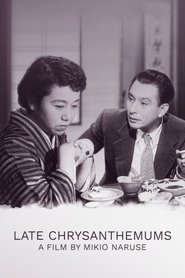For a somewhat contrary take on this film's feminist credentials, see Monica Viggiano's piece published on the Asian Cinema Blog:
I’ve seen the film several times and I am always struck by how well Naruse uses a simplistic melodramatic narrative style to blatantly comment on how modernity makes Japanese women from every walk of life lose their femininity. [Indeed, he] uses a simple soap operatic style to highlight why women should not have the same rights as men. […] According to Naruse, modernism may give women rights, but even if they have husbands, they will not have joy in their married lives.
— Monica Viggiano (Asian Cinema Blog)

